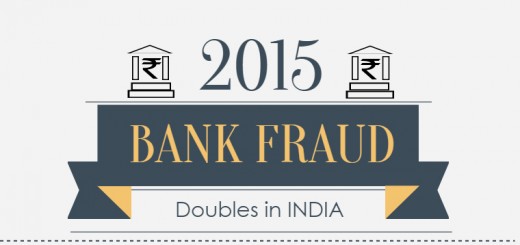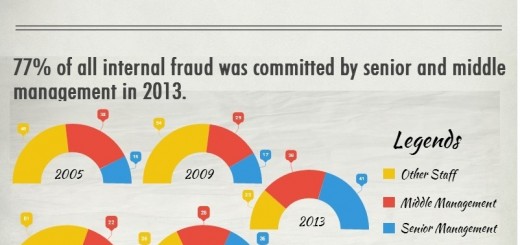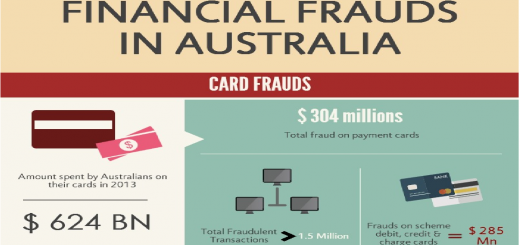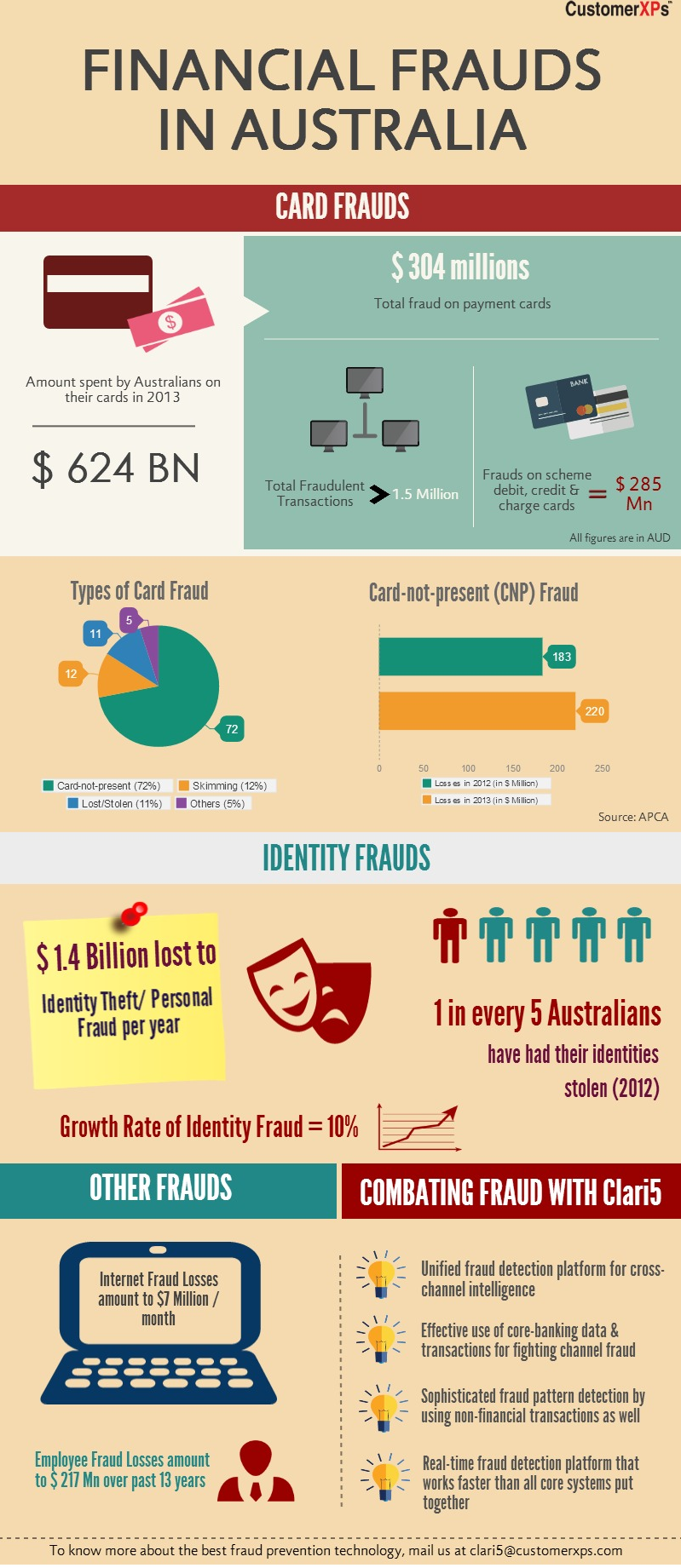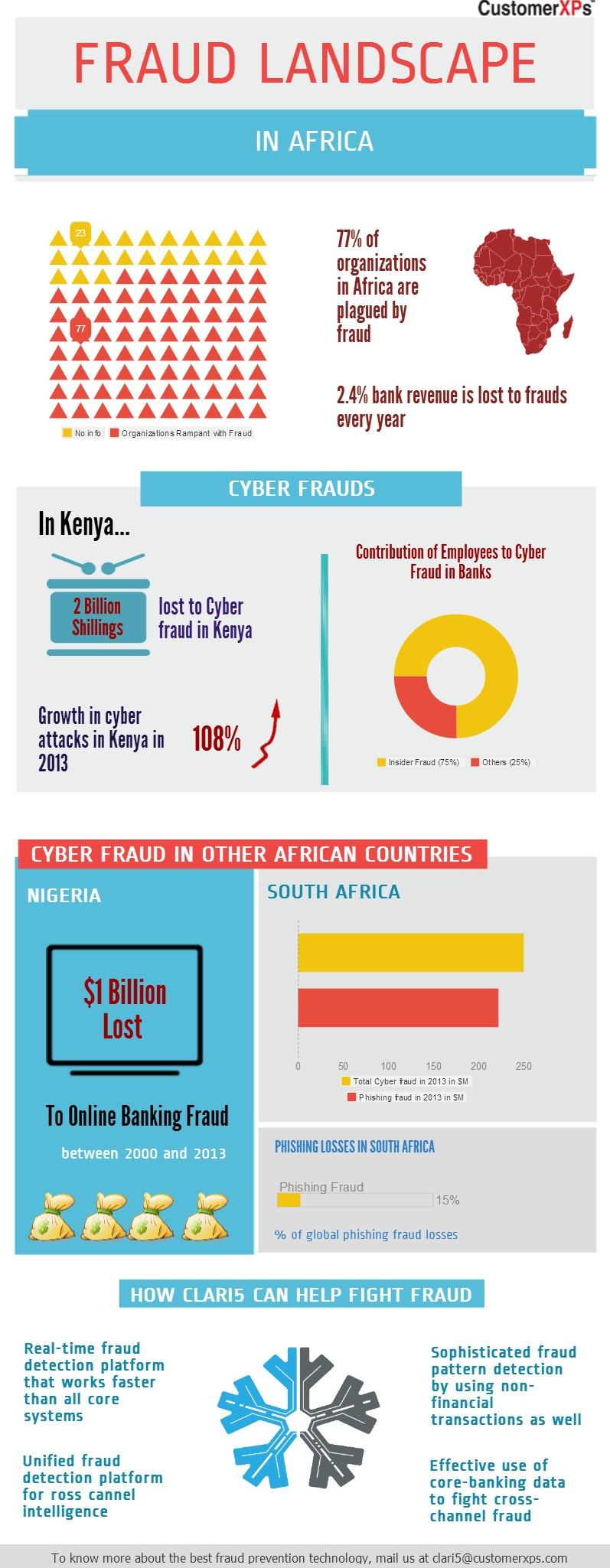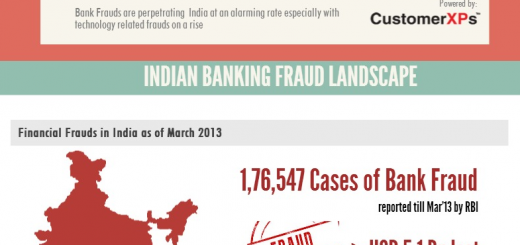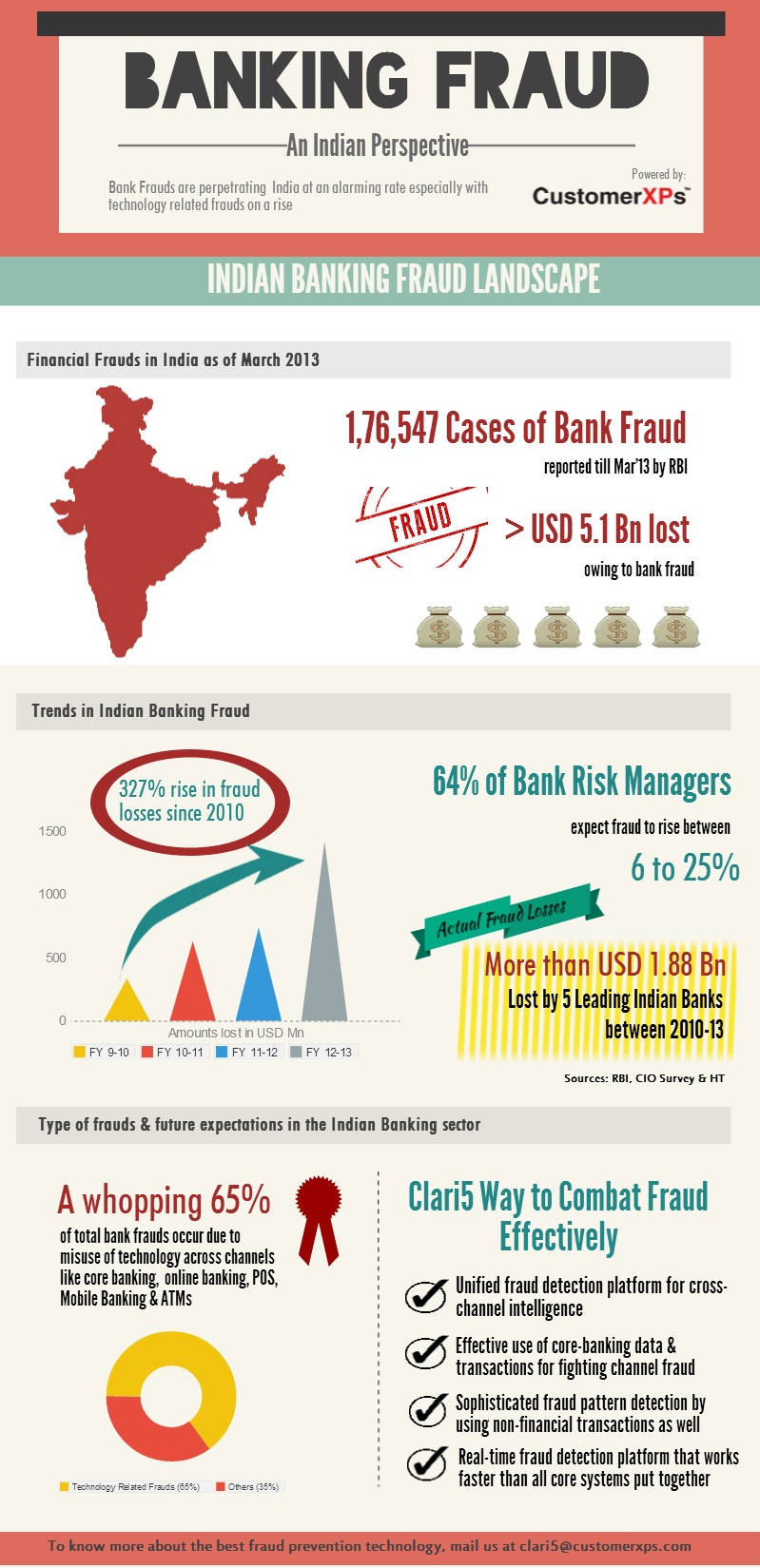AML as a Service
Past few months have seen a lot of activity from regulators, bankers and industry bodies alike towards curbing money laundering. Rules are becoming stringent and reporting more accurate. Then there were hefty fines levied on certain banks for non compliance with AML guidelines.
During our conversation with bankers, it consistently emerged that bankers have AML compliance as one of their top priorities. This is a clear outcome of lot of banks having plugged their technology for AML, leaving the banks which have not yet taken solid steps towards AML exposed to becoming a conduit for money laundering leading to take evasions, balck money and terror financing.
However, a major barrier these banks face is that technology investments are CAPEX which means budgeting for these investments at the beginning of financial year. It also necessitates a longer procurement cycle and boardroom discussions with other departments on redirecting budgets towards AML.
Second barrier is diversion of resources from revenue generation towards maintenance of AML technology, annual licenses,a project management team to monitor the technology and additional costs to incorporate the changing regulatory requirements.
Third barrier is upfront purchase of such technology entrenches the bank with the software vendor, making switching costs very high.
Understanding these concerns of our customers, CustomerXPs has launched Clari5 AML-as-a-Service to help them overcome the above mentioned barriers and provide a safe banking environment.
The first barrier of CAPEX is overcome by changing it to OPEX. This means that banks no longer have to make upfront investment in software, but use the ‘pay as you go’ model of monthly payments. This model of payments is more comfortable to the CIO, CRO and CFO.
Second barrier is taken care by the fact that there is no annual license, no maintenance required by the bank and incorporation of all the additional requirements come as part of the subscription.
Third barrier of entrenching with the software vendor is overcome by the fact that the subscription is monthly which means that banks can switch to other models with all risks covered.



